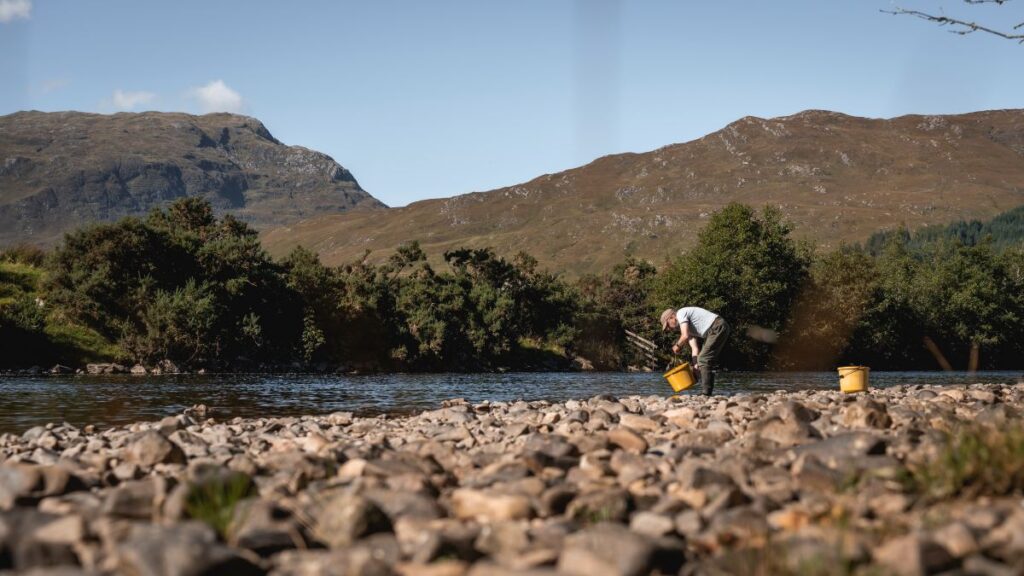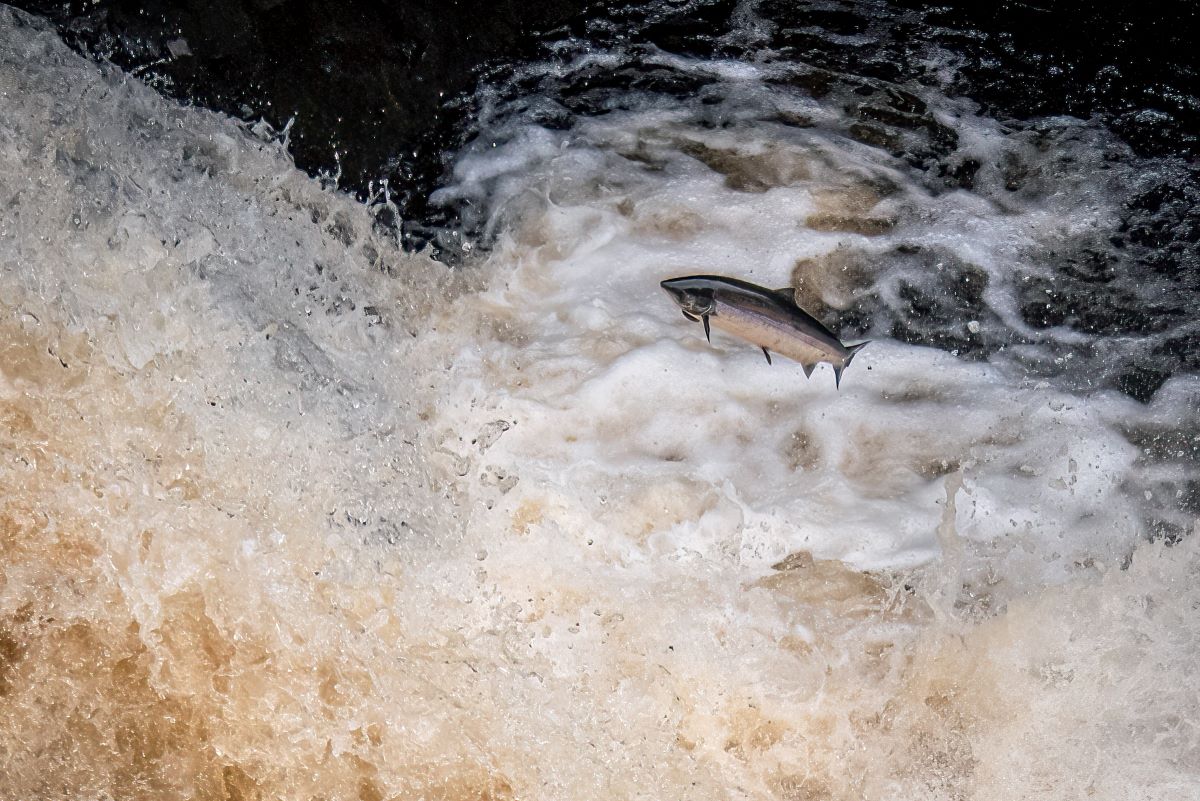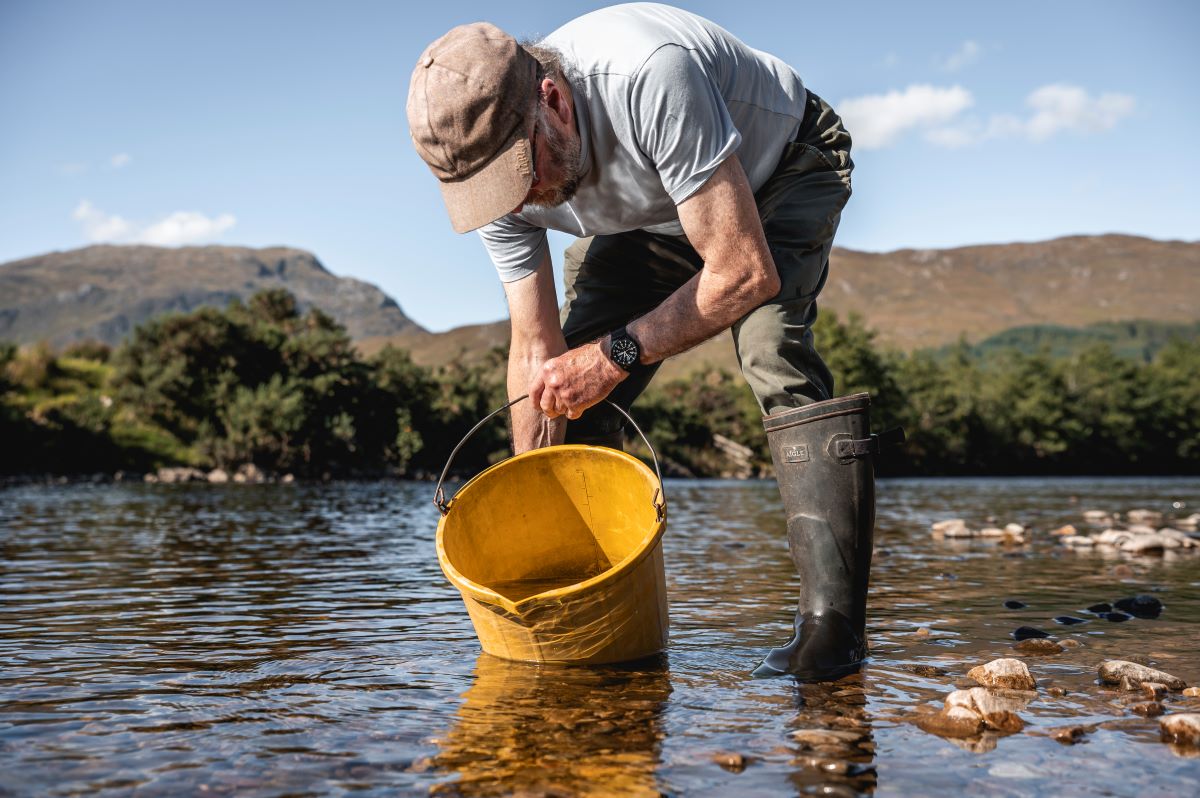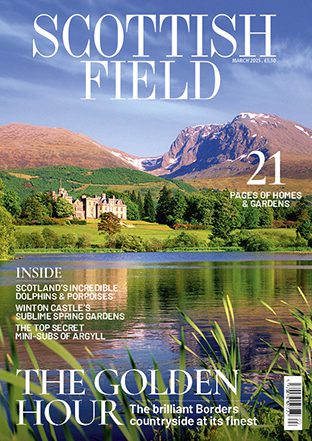
Conservation stocking may be the only option to stop complete loss of wild salmon populations new study finds
Wild salmon numbers in Scotland have declined to such an extent that conservation stocking may be the only option to stop the complete loss of the threatened populations, experts have warned.
A groundbreaking new study by the River Carron Conservation Association (RCCA) found fish stocked as eggs or juveniles survive to return as adults and in some years account for more than 50% of the rod catch.
The report, which offers one of the most comprehensive investigations of conservation stocking in the UK, draws from a rich archive of recently analysed genetic material collected over three decades by RCCA scientist Bob Kindness, to accurately differentiate between wild-spawned and stocked salmon across multiple generations.
It is hoped the study will help mitigate some of the negative effects traditionally associated with stocking.
‘Before the Carron Conservation Programme, salmon stocks had dropped so low that the native fish faced real risk of extinction,’ Bob said.

Scientist Bob Kindness by the River Carron. Credit Elliot Roberts
‘Once the programme was underway, a clear correlation emerged between the number of fish stocked and the number returning as adults.
‘The resulting historically high rod catches were a testament to years of dedication and effort—an immensely rewarding outcome for me, as someone with a passion for the King of Fish.’
Wild salmon populations are now classified as ‘endangered’ on the International Union for Conservation of Nature Red List.
The River Carron Conservation Association is working to enhance biodiversity in the river’s surrounding ecosystem, including planting 370,000 trees on the Glencarron Estate.
It hopes this new report will stand as a pioneering example demonstrating of how conservation stocking, when implemented effectively, can play a crucial role in supporting and restoring native Scottish salmon populations.
The study found that by breeding from wild-caught fish in the hatchery for a single season, rather than retaining females in captivity for multiple breeding cycles, it is possible to mitigate the risks to long-term genetic health associated with captive broodstock programmes.
It also found that fish released at the Autumn (late) fry stage exhibit significantly higher survival rates compared to those released at different life stages.
Genetic material from Norwegian strains, introduced by commercial aquaculture escapees, was detected in both wild-spawning and captive broodstocks.

07 Scientist Bob Kindness by the River Carron. Credit Elliot Roberts
But the RCCA stocking programme does not appear to be increasing the level of Norwegian DNA beyond what would occur naturally in a wild-spawning scenario, the report found.
It also highlights a strategy that could actively reduce Norwegian ancestry in the wild population, by incorporating fast-turnaround genetic testing into conservation stocking programmes which could enable selectively avoiding breeding from genetically compromised fish.
‘While this approach may not yet be fully practical, it represents a critical step toward best-practice conservation protocols for mitigating Norwegian aquaculture introgression in wild salmon populations,’ the report said.

Scientist Bob Kindness releasing late fry into the River Carron. Credit Elliot Roberts
‘Atlantic salmon are in deep trouble, due mainly to climate and habitat change, and we need to do everything we can to work together in understanding how we can mitigate against this collapse,’ said Jon Gibb of the Salmon Scotland Wild Fisheries Fund, whose financial assistance made this project possible.
‘The study’s findings are an important milestone in that journey and point towards the most judicious use of stocking for the most threatened populations.
‘I am delighted that the Wild Fisheries Fund could underpin this vital study into the impacts of long-term stocking into the River Carron.’
Read more Wildlife stories here.
Subscribe to read the latest issue of Scottish Field.
TAGS

